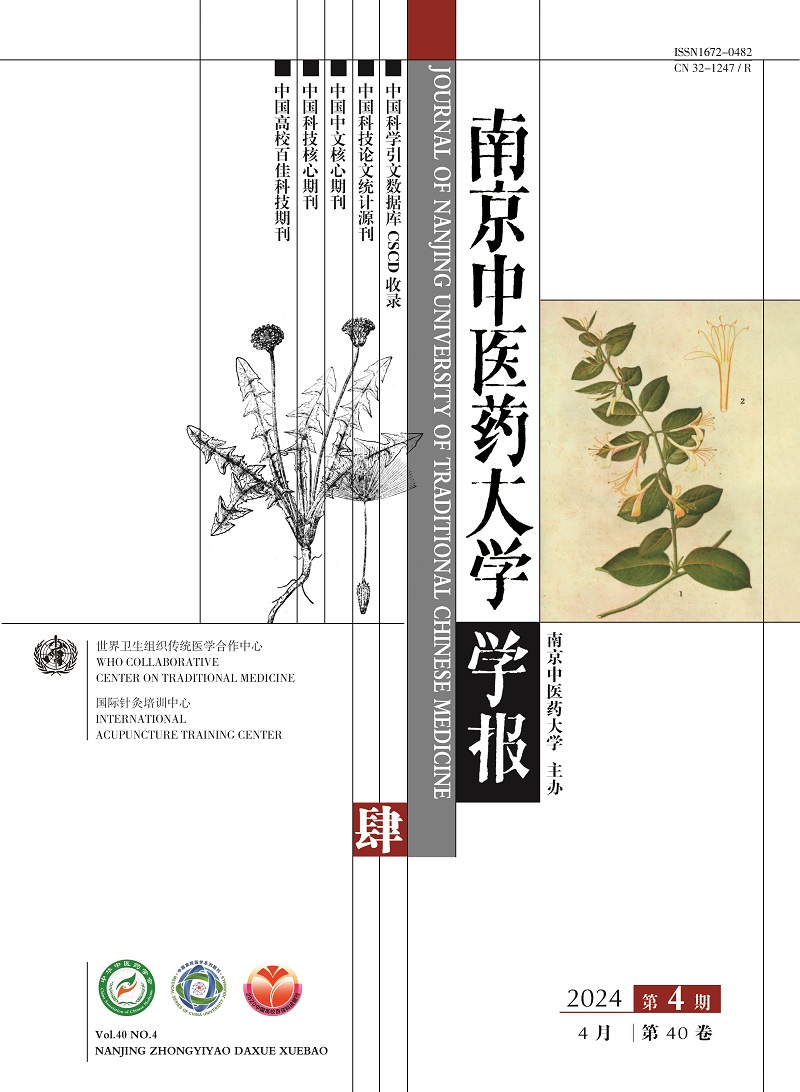2017 Vol. 33, No. 4
Display Method:
2017, 33(4): 325-327.
Abstract:
2017, 33(4): 328-330.
Abstract:
2017, 33(4): 331-332.
Abstract:
2017, 33(4): 333-334.
Abstract:
2017, 33(4): 335-338.
Abstract:
2017, 33(4): 339-343.
Abstract:
2017, 33(4): 344-348.
Abstract:
2017, 33(4): 354-358.
Abstract:
2017, 33(4): 359-362.
Abstract:
2017, 33(4): 363-366.
Abstract:
2017, 33(4): 367-370.
Abstract:
2017, 33(4): 371-375.
Abstract:
2017, 33(4): 376-381.
Abstract:
2017, 33(4): 382-385.
Abstract:
2017, 33(4): 391-394.
Abstract:
2017, 33(4): 395-398.
Abstract:
2017, 33(4): 399-402.
Abstract:
2017, 33(4): 403-407.
Abstract:
2017, 33(4): 408-411.
Abstract:
2017, 33(4): 412-416.
Abstract:
2017, 33(4): 417-419.
Abstract:
2017, 33(4): 420-424.
Abstract:
2017, 33(4): 425-427.
Abstract:
2017, 33(4): 428-432.
Abstract:



